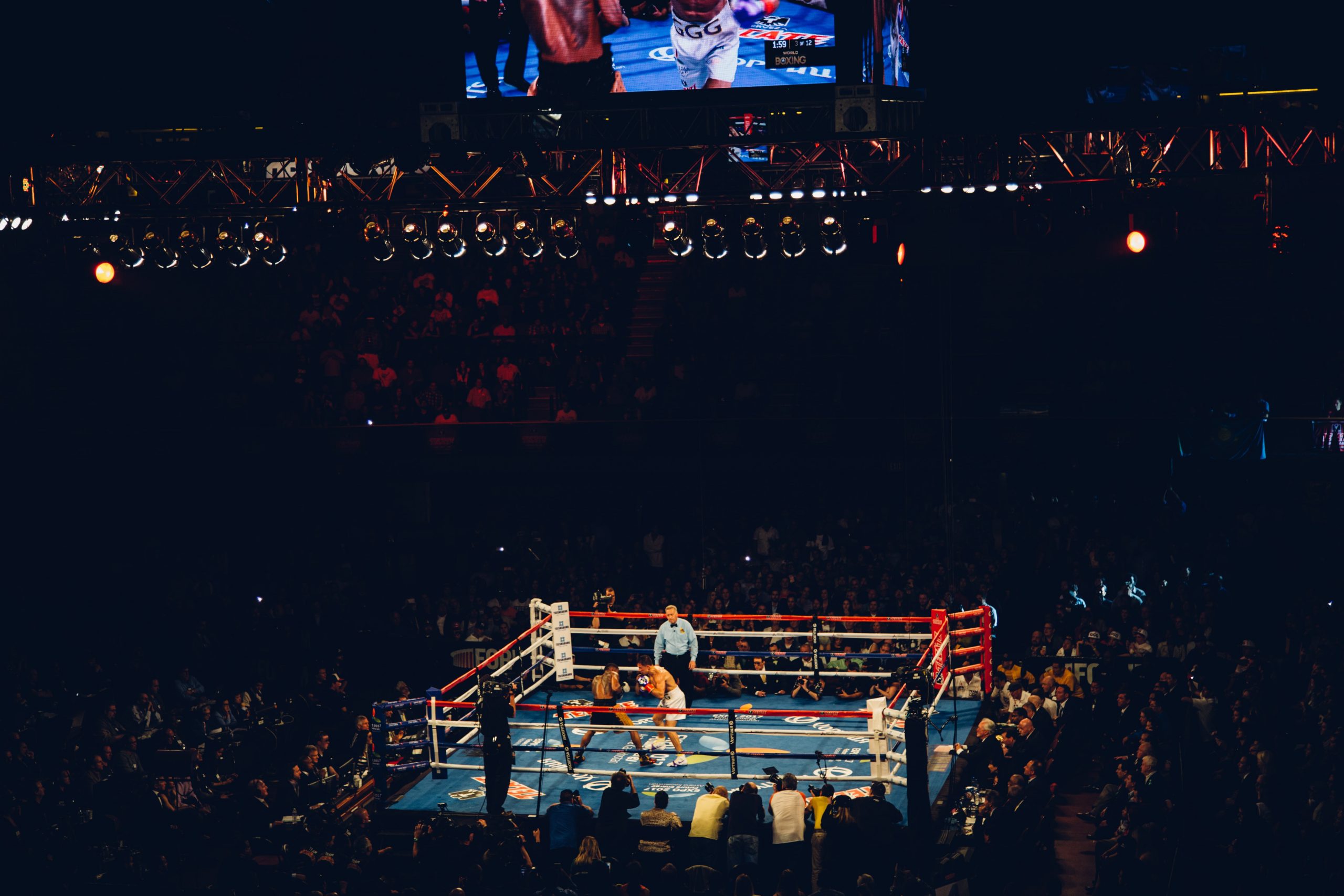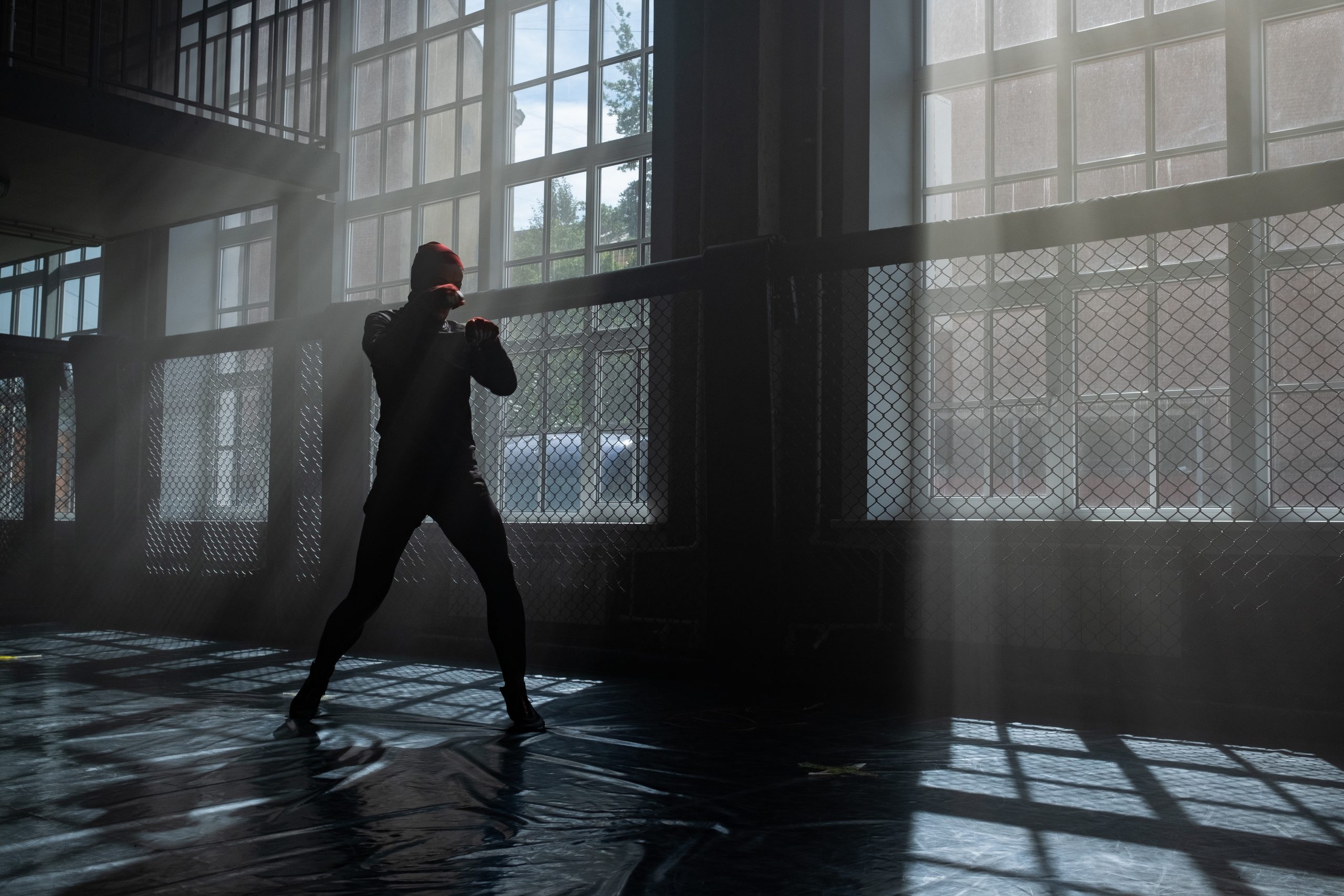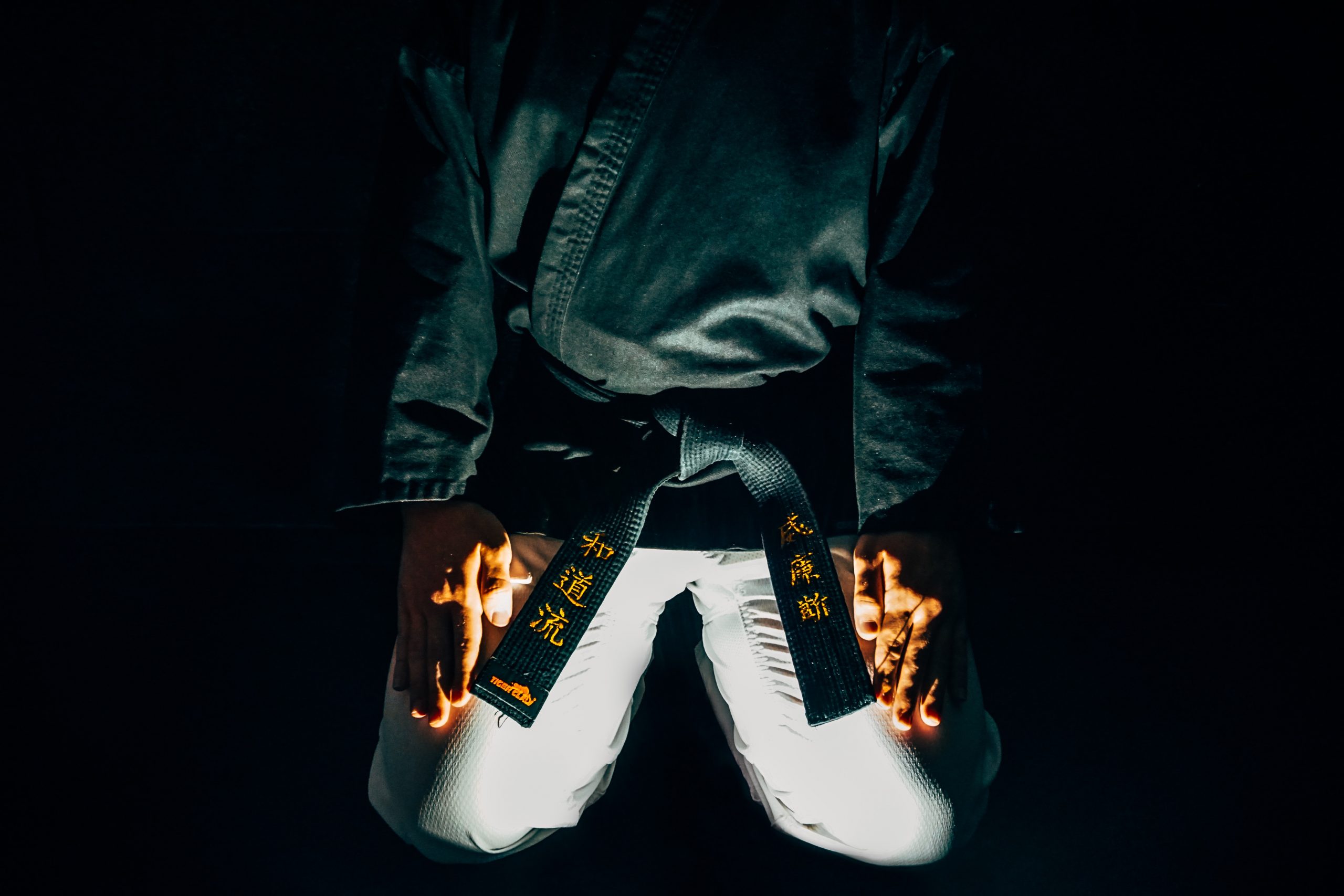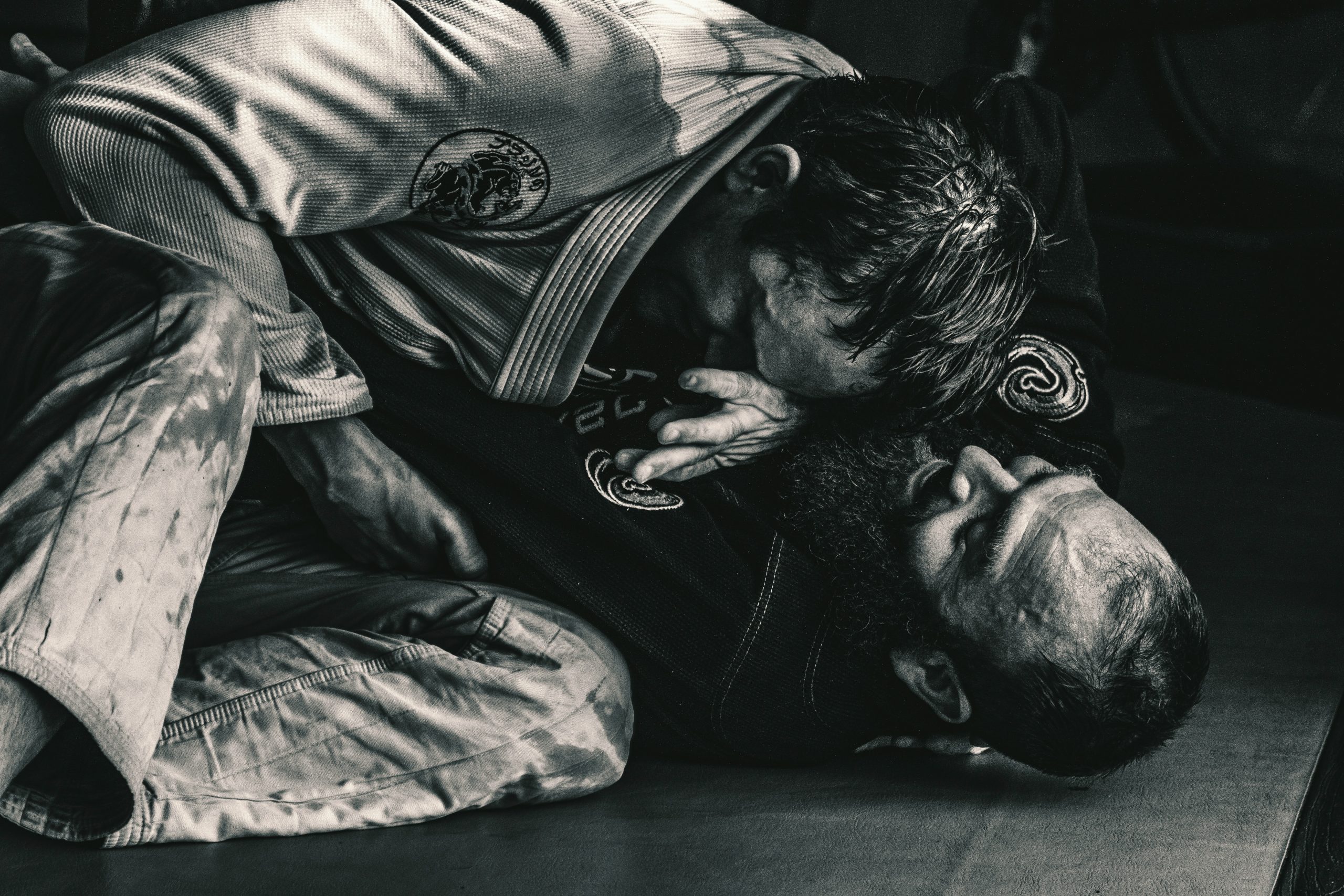From Fear to Fire: How to Harness Your Emotions and Build Mental Toughness in Boxing
Boxing, like any sport, can sometimes bring about feelings of nervousness or anxiety. However, it is important to learn how to use these emotions to your advantage and turn them into positive energy that can enhance your performance. Here are some tips for strengthening your mental toughness and managing your emotions while boxing:
Acknowledge your emotions:
Sports psychologists generally agree that acknowledging and accepting your emotions can be an important part of building mental toughness and improving performance in sports like boxing ands similar martial arts. When you are aware of and open to your emotions, you can better understand what triggers them and how to manage them, which can help you stay focused and perform at your best. One of the most common method is paying attention to your physical sensations. Your body often provides clues about your emotional state. For example, you may feel tension in your muscles or butterflies in your stomach when you are anxious. By paying attention to these physical sensations, you can become more aware of your emotions.
So, instead of trying to ignore or suppress them, recognize and accept your feelings. This can help you understand what triggers them and how to manage them.
Use visualization:
Visualization is a technique that involves using your imagination to create mental images of yourself succeeding in your sport. This can be a powerful tool for building mental toughness in boxing, muay thai, MMA and similar sports because it can help you develop confidence, focus, and motivation. Here are a few ways to use visualization to build mental toughness in boxing:
- Imagine yourself succeeding: Visualize yourself performing well in the ring, executing your techniques with precision and power. As you imagine this scenario, focus on the details and try to make it as realistic as possible. This can help you build confidence in your abilities and visualize yourself achieving your goals.
- Practice visualization regularly: The more you practice visualization, the more natural and automatic it will become. Set aside a few minutes each day to visualize yourself succeeding in the ring. With regular practice, you can develop a strong mental image of what it feels like to be at your best.
- Use visualization to prepare for competition: Visualization can be particularly useful for preparing for competition. Imagine yourself entering the ring, going through your warm-up routine, and executing your game plan. Visualizing the specific steps you need to take can help you feel more confident and focused when it’s time to compete.
- Combine visualization with other techniques: Visualization can be even more powerful when combined with other mental toughness techniques, like setting achievable goals or practicing mindfulness. By combining visualization with these strategies, you can further enhance your mental toughness and improve your performance in the ring.
By using your imagination to visualize yourself succeeding, you can develop confidence, focus, and motivation, and be better prepared for competition.
Set achievable goals:
Setting achievable goals is an important part of building mental toughness in boxing and other sports. When you set specific, measurable, attainable, relevant, and time-bound (SMART) goals that align with your long-term objectives, you can boost your confidence and motivation, and stay focused and motivated during training. Here are a few tips for setting achievable goals that can help you harness your emotions and build mental toughness in boxing:
- Make your goals specific: Instead of setting vague goals like “win more fights,” set specific goals that are easy to measure and track, like “improve my footwork by practicing footwork drills for 15 minutes a day.” Specific goals give you something concrete to work towards and help you stay focused on what you need to do to achieve them.
- Make your goals measurable: Include specific, quantifiable elements in your goals so you can track your progress and see how you are doing. For example, instead of setting a goal to “get in better shape,” set a goal to “increase my endurance by running 1 mile in 8 minutes or less.”
- Make your goals attainable: It’s important to set goals that are challenging, but also realistic. If your goals are too difficult or unrealistic, you may become discouraged and lose motivation. Make sure your goals are achievable, given your current level of skill and the resources you have available.
- Make your goals relevant: Set goals that are relevant to your long-term objectives and that align with your values and priorities. This will help you stay motivated and focused on what is most important to you.
- Make your goals time-bound: Set a deadline for achieving your goals to give yourself a sense of urgency and to help you stay on track.
By setting SMART goals, you can harness your emotions and use them to fuel your performance in the ring. By setting specific, measurable, attainable, relevant, and time-bound goals, you can stay focused, motivated, and on track as you work towards your long-term objectives.
Maintain a positive attitude:
When you maintain a positive attitude, you focus on things you can control, such as your attitude and effort, rather than dwelling on things you can’t control, like the outcome of a fight. This can help you stay motivated and resilient, even when things don’t go as planned.
There are a few specific ways that maintaining a positive attitude can help in harnessing your emotions and building mental toughness in boxing:
- A positive attitude can help you cope with setbacks: No athlete is immune to setbacks and failures. However, those who are able to maintain a positive attitude when things don’t go as planned are often better able to bounce back and learn from their mistakes. By maintaining a positive attitude, you can stay focused and motivated, rather than getting discouraged and losing confidence.
- A positive attitude can help you stay focused: When you have a positive attitude, you are more likely to stay focused and present, rather than getting distracted by negative thoughts or emotions. This can be particularly important in high-stress situations like competition, when it is easy to get distracted by negative emotions.
- A positive attitude can help you build resilience: Resilience is the ability to recover from adversity and bounce back from setbacks. By maintaining a positive attitude, you can develop the mental toughness needed to overcome challenges and continue to improve.
Overall, maintaining a positive attitude is an important part of harnessing your emotions and building mental toughness in boxing and other sports.
Seek support:
A support network of friends, family, coaches, or mentors can help keep you motivated and focused. Surround yourself with positive, supportive people who can help you overcome challenges.
Overall, building mental toughness in boxing involves self-awareness, focus, and a positive attitude. By using these strategies, you can learn to harness your emotions and use them to improve your performance in the ring.
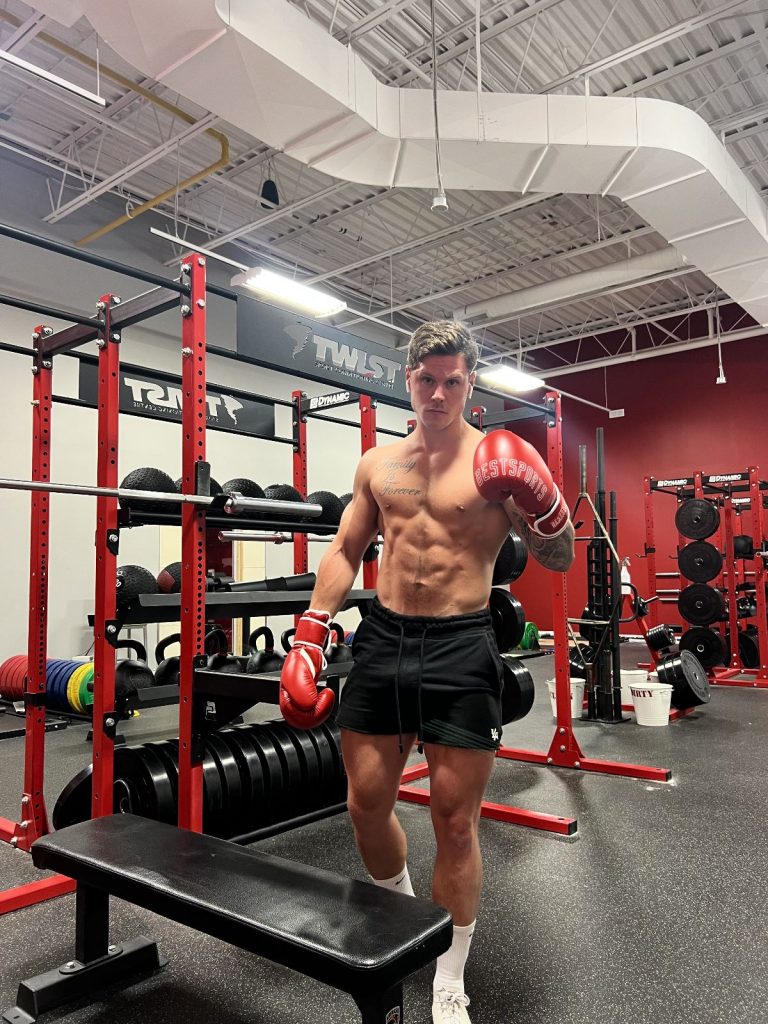
Welcome to BestSports Blog, you’ll find articles on everything from building mental
toughness and developing a winning mindset to training techniques and
strategies to help you succeed in the ring. We also cover topics like
nutrition, recovery, and injury prevention to help you stay in top form.
Follow us for expert insights and practical tips to help you reach your
full potential as a fighter
Earn Rewards & Save upto $25 on your next order. Sign up here

